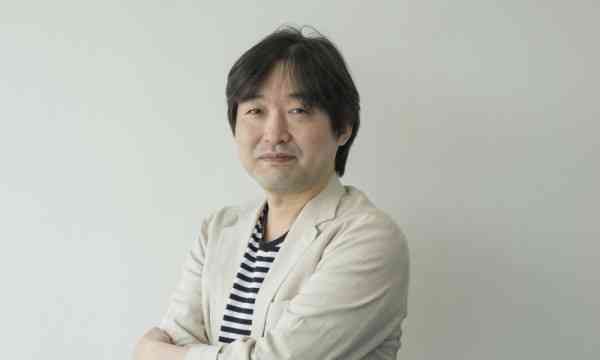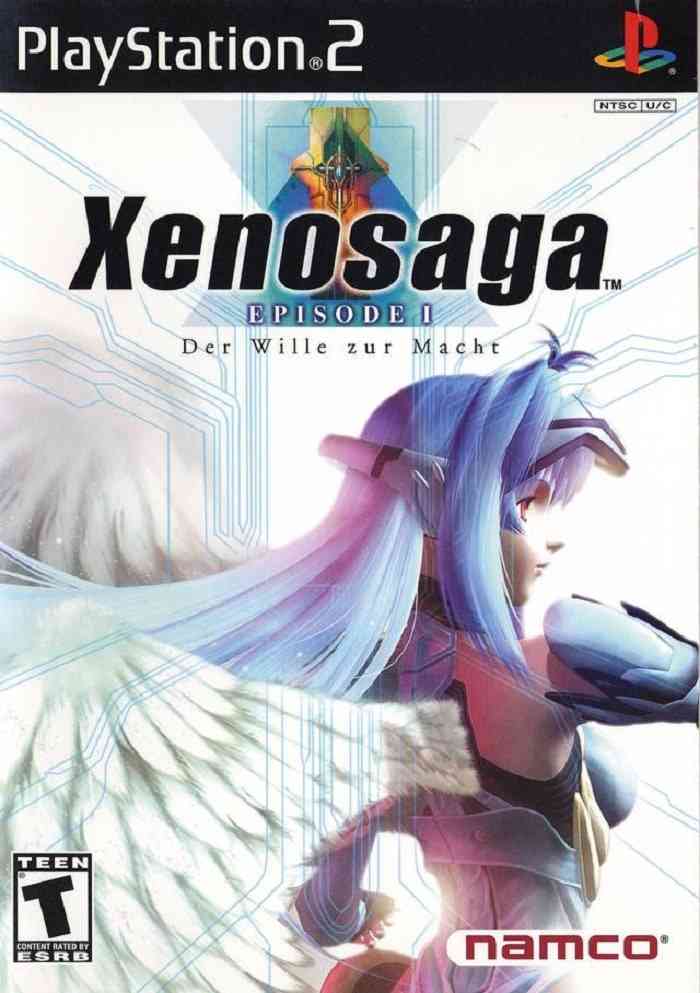Welcome to part 2 of The Retro Review Series’ second episode, covering Xenogears. If you’re jumping in now and missed ‘The Intro‘ do that clicky thing!
Xenogears was developed by Squaresoft for the PS1 and released in 1998. It was the brainchild of then unknown Graphics Director, Tetsuya Takahashi. The game’s development began with its plot, which was an early pitch for the story of Final Fantasy VII. Squaresoft thought the tone of the story wasn’t a great match for a Final Fantasy game, but really loved it, and decided to fund a separate game, with Takahashi as its Director. The closest Tetsuya Takahashi had come to directing a video game was as Graphic Director for both Final Fantasy VI and Chrono Trigger.
It has long been rumored that the Xenogears had some development issues. The game’s second disc was almost entirely composed of conversations, cutscenes, boss battles, and a final dungeon. Until that final area, there is no exploration! It’s likely (but unconfirmed) that the game’s production was rushed at the end. Also, upon completion of the game, the end credits say “thank you for beating Xenogears Episode V”. Xenogears was intended to be the fifth story chapter in a series of six games, but no other Xenogears games were released. Tetsuya Takahashi has said that he realized that Square’s focus was on the Final Fantasy series, so he left Squaresoft in 1999, to form his own software company, Monolith Soft, in order to have more creative freedom.
______________________________
“Xenogears was intended to be the fifth story chapter in a series of six games, but no other Xenogears games were released.”
Tetsuya Takahashi formed Monolith Soft in 1999, and in 2002 they put out their first game, Xenosaga Episode I: Der Wille Zur Macht. Xenosaga was intended to be a six part videogame series for the PlayStation 2, and at the time of its release, there was much speculation about whether it was a continuation of the story started in Xenogears. Was this the long awaited prequel to Episode V!? Nope. There were some elements in Xenosaga, that were shared with Xenogears, such as Xenosaga main character Shion Uzuki sharing the same last name and glasses of Xenogears’ Citan Uzuki, but that’s about it. Xenosaga Episode I is to Xenogears, as Final Fantasy is to Final Fantasy II: similar tropes, but separate stories.
Another bummer about Xenosaga is that the six episodes weren’t finished. The story was cut short after the release of three games: Xenosaga Episode I: Der Wille Zur Macht in 2002, Xenosaga Episode II: Jenseits Von Gut Und Böse in 2005, and Xenosaga Episode III: Also Sprach Zarathustra in 2006, and even though it spanned three games, Xenosaga’s story did not live up to its predecessor’s. Even though it took place in outer space, the scope of Xenosaga was smaller. There were way less characters and subplots, and the combat was much more traditional than the combo system developed for Xenogears. The Xenosaga games were very good, but not the shining triumph that Xenogears was; if Xenogears is a 10, then Xenosaga is an 8. The Xenosaga games were developed by Monolith Soft, and published by Namco, but in 2007 the company was bought by Nintendo.
4 years after the release of Xenosaga Episode III, the Xeno franchise received its 5th installment:
Xenoblade Chronicles for the Wii. The game was very well received in Japan, but Nintendo initially decided that they didn’t want to release it in North America. After much petitioning and complaining, Nintendo released Xenoblade Chronicles in North America in 2012, to widespread critical acclaim. This new Xeno game featured a massive open world, built on the bodies on two dead titan gods. It had very original combat systems, and a shockingly epic scope (took me 207 hours to beat). The North American release of Xenoblade Chronicles was fairly small, but the game was so popular, that it’s now the most expensive (non-special edition) game of the last console generation. At one time it was selling for $120 used, but now it’s gone down to about $80, since its re-release for the 3DS. A spiritual successor to Xenoblade Chronicles, called Xenoblade Chronicles X was released in North America on December 4th for the Wii U, and it promises to build on the ludicrous size of its predecessor.
______________________________
“The North American release of Xenoblade Chronicles was fairly small, but the game was so popular, that it’s now the most expensive (non-special edition) game of the last console generation.”
Xenogears’ producer was Hiromichi Tanaka, who was one of Square’s founders (along with Final Fantasy creator Hironobu Sakaguchi). Tanaka spent most of his career at Square-Enix as the leader of the company’s b-squad, which Xenogears was a proud addition to. His credits include Game Designer for Final Fantasy II and III, Producer and Designer of Secret Of Mana, Director of Secret Of Mana 2 (which wasn’t released in North America), and Producer of Xenogears, Threads Of Fate, Chrono Cross, and Final Fantasy XI. At his retirement in 2012, Tanaka was Senior Vice President Of Software Development for Square-Enix.
Yasuyuki Honne was Xenogears’ Art Director. He was also Art Director for Chrono Cross, before leaving Squaresoft to join Monolith Soft. At Monolith Soft, Honne was Art Director on Xenosaga Episode I, and Director for the Baiten Kaitos series.
The manga/ anime style character design was by artist Kunihiko Tanaka, who’s most famous for his work for Monolith Soft, including Xenosaga, and Sands Of Destruction. The animation for the game was produced by Kōichi Mashimo for Bee Train, a subsidiary of Production I.G. Bee Train is best known for the .hack series, while Production I.G. has produced some of the greatest anime of all time: Ghost In The Shell, End Of Evangelion, Attack On Titan, Patlabor, Jin-Roh, the Blood series, Psycho-Pass, and the anime portions of Kill Bill, to name a few.

Yasunori Mitsuda composed the Xenogears score. When he started at Squaresoft, he was working on game sound effects, but was promised that he would get to compose music. After threatening to quit, he was given the job of composing Chrono Trigger, and created one of the all-time great game soundtracks! Mitsuda scored all 3 games in the Chrono series, as well as the Xeno series, Front Mission: Gun Hazard, Tobal No. 1, Mario Party, Bomberman 64, Shadow Hearts 1 & 2, the Inazuma series, and Kid Icarus: Uprising, to name a few.
These articles will be released every month on COGconnected, and split up into 4 weekly parts: The Intro, The History, The Review, and The Verdict. So here ends The History. Next week: The Review!

